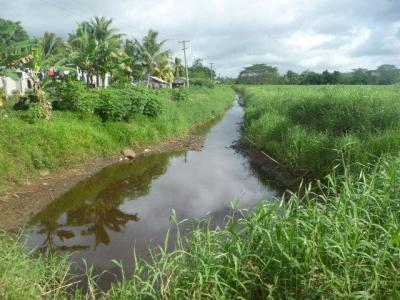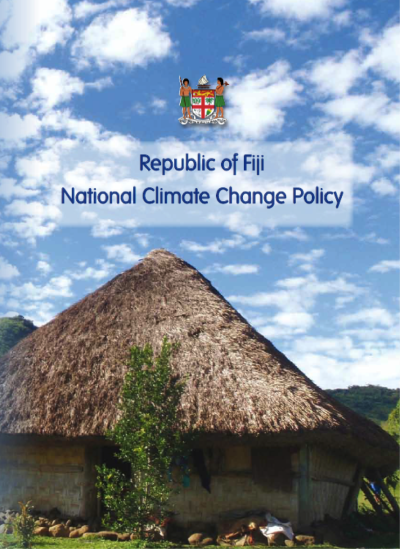The climate of Fiji is generally categorized as an oceanic tropical climate in which the dry season is from May to October and rainy season from November to April. Climate change is expected to affect the country’s coastal resources by way of raising temperatures in the marine environment and through sea level rise. As well there may be impacts on infrastructure caused by a potential increase in the frequency and intensity of cyclones and other tropical storms, as the country is prone to El Nino events. During an El Nino- Southern Oscillation (ENSO) event, conditions drier and hotter than normal can be expected from June to August. During the November–April wet season Fiji is normally traversed by tropical cyclones as it lies directly in their normal path.
Located approximately 1,100 miles off of the northeast of New Zealand's north island, Fiji comprises more than 300 islands, and has a total land area of approximately 18 300 km2 and a population of about 773 000 (1996 estimate). The largest island is Viti Levu (10 429 km2), which covers 57% of the total area, and Vanua Levu covers 5 556 km2. Fiji is one of the most economically developed countries in the Pacific Island realm due to abundance of forest, mineral and marine resources. Viti Levu is the center of politics and economy of Fiji, having Suva (the capital), Nadi (the center of tourism) and farming land for sugarcane as the major crop. Over 90% of the population, both rural and urban, can be considered coastal dwellers, where the vast majority of services, infrastructure, agricultural production and social centres are located.
Active Projects
Projects Completed
Latest Updates
See allLatest Publications
See all
Like most island nations, Fiji is highly vulnerable to climate change. Currently the institutional framework of climate change…







